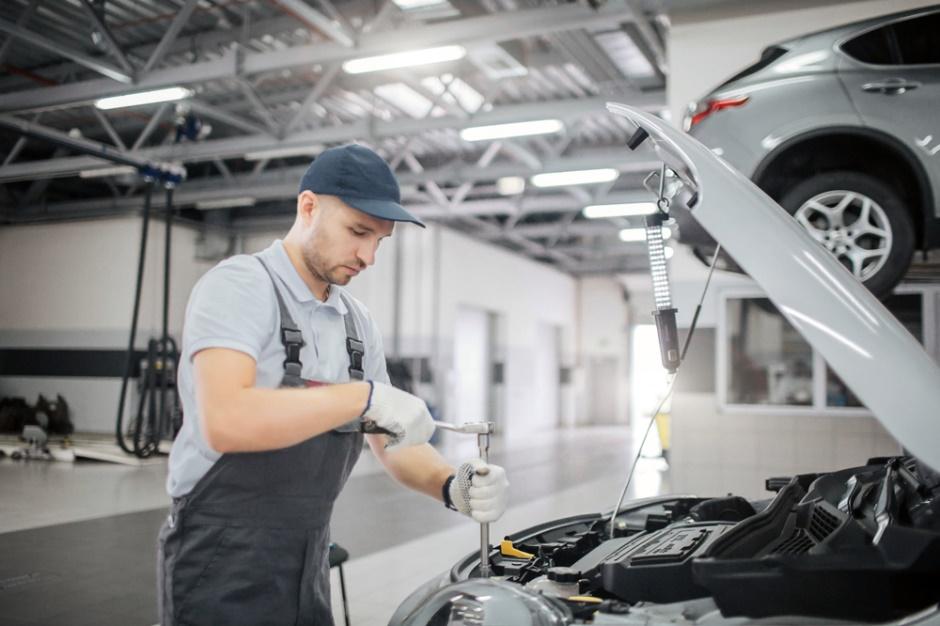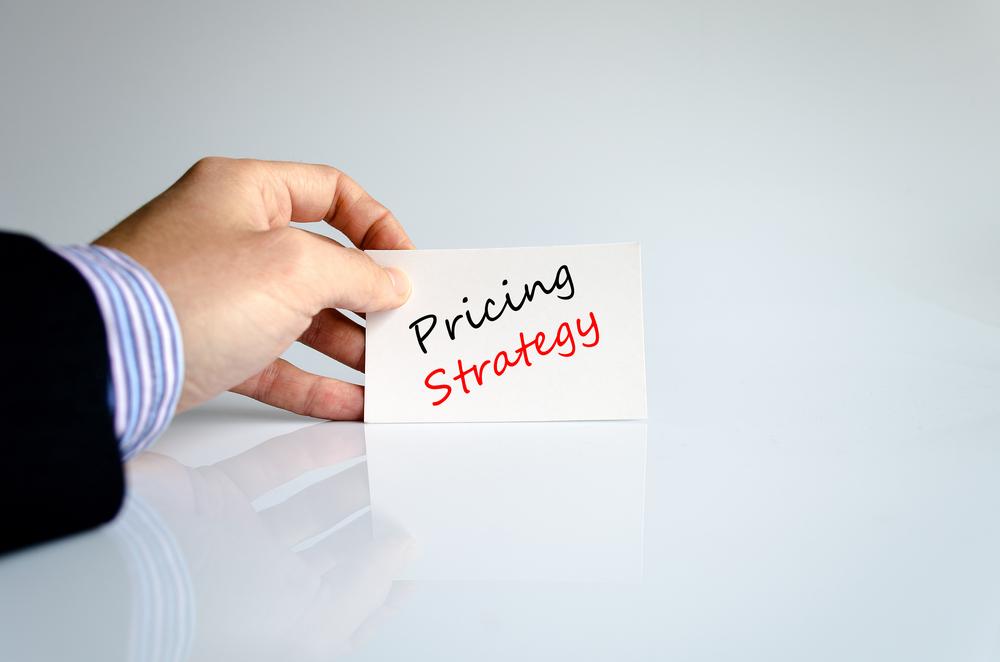Many appliance repair business owners would be surprised to discover the true cost of getting a technician to a customer’s door. The problem isn’t unique to any single business – across the industry, appliance repair businesses typically focus on parts markup and labor rates while completely overlooking the substantial costs associated with simply showing up to the customer’s home.
The Hidden Reality of Service Call Costs
Hidden expenses can easily consume most of a typical diagnostic fee, leaving business owners wondering why they’re working harder but have nothing to show for it. Unlike product pricing, service call pricing is impacted by all kinds of different factors, which makes it virtually impossible to offer a “one size fits all” option. Businesses that advertise competitive diagnostic fees think they’re covering costs and making decent profit, only to discover that their tight cash flow tells a different story despite having steady business.
The challenge lies in how service pricing is traditionally viewed. Calculating pricing based on obvious expenses like parts and labor rates and treating everything else as general overhead that gets covered by overall revenue obscures the true cost. This can lead to unsustainable pricing decisions that will slowly drain a business over time.
Breaking Down True Costs
Vehicle-Related Expenses

Consider the direct vehicle costs that accumulate with every service call. If your average service area spans a 15-mile radius, each call involves a 30-mile round trip. Assuming an average gas price of $3.15 per gallon and a work van that averages 20 miles per gallon, fuel alone costs $4.75 per call. But fuel is just the start when it comes to vehicle expenses.
Commercial vehicles are commonly depreciated at 35 cents per mile, while maintenance and repairs add another 15 cents per mile. Commercial insurance for service vehicles adds another 8 cents per mile. These numbers add up quickly. A 30-mile service call in this example generates $22.15 in vehicle-related costs before the technician even rings the doorbell.
The True Labor Investment
Labor and materials are the costs required to complete a specific job, such as employee wages and supplies. While a service call might only involve 30 minutes of actual diagnostic work, the real-time investment includes travel times and administrative tasks like updating records and communicating with the office or customers. A typical service call impacts 1.5 hours of technician productivity when accounting for 45 minutes of travel times and 15 minutes of administrative work.
For example, with a labor rate of $30 an hour including benefits, taxes, and insurance, the real labor cost per call is $45. This also assumes that a technician can maintain productivity during travel time, which isn’t realistic considering traffic, navigation delays, or scheduling gaps between appointments.
Overhead Allocation Per Service Call

Overhead is the indirect costs you pay to run your business, such as rent, software subscriptions (such as ServiceDesk), advertising, administrative staff wages, and equipment. Every service call must bear its share of overhead costs. A reasonable allocation might be $15-20 per call in overhead expenses. However, this will depend on the specific situation of the business.
In this example, when these numbers are combined, a typical service call might generate total costs between $80 and $90 before generating any profit. This analysis shows how a business can struggle with cash flow despite steady appointment volumes – diagnostic fees barely cover the costs of showing up, let alone generating meaningful profit margins.
Value-Based Pricing
Value-based pricing shifts the focus from internal costs to external customer benefits. Rather than simply calculating costs and adding a markup, this approach considers what your service is worth to the customer. When a customer’s appliance breaks down, they’re not just paying for diagnostic time – they’re paying for expertise, convenience, peace of mind, and the restoration of their normal routine.
Expertise Premium: Technicians bring years of training and experience to every call. They can quickly identify problems that might confuse homeowners for hours or days. This diagnostic capability adds significant value beyond the time invested.
Convenience Factor: Customers pay for the convenience of having a professional come to their home at a scheduled time. This saves them from hauling heavy appliances to repair shops, waiting in line, or attempting DIY repairs.
Problem Resolution: The value isn’t just in identifying the issue – it’s providing a clear path to resolution. Customers value knowing exactly what’s wrong, what it will cost to fix, and having confidence in the recommended solution.

Unlike cost-plus pricing that starts with expenses and adds profit, value-based pricing begins with understanding what outcomes matter most to your customers. Consider the tangible benefits your service delivers: time savings from professional diagnosis, risk reduction through proper safety checks, cost avoidance from accurate problem identification, and peace of mind from expert recommendations. All of these have a measurable value that often exceeds the price of your service call.
The Path to Profitability
The best price is the one that most aligns with the business’ goals and generates profit. Every truck roll should contribute meaningfully to business profitability. Understanding the true costs and pricing accordingly will create a sustainable operation that can invest in better equipment, training, and growth rather than simply surviving from job to job. The goal isn’t just covering expenses – it’s creating a pricing structure that rewards expertise and supports long-term business success.
Focus on delivering exceptional value and pricing services to reflect both true costs and the expertise that is provided. Knowledge and diagnostic skills have substantial values beyond parts and labor. Adopting a pricing structure needs to capture that value while supporting sustainable business growth.




